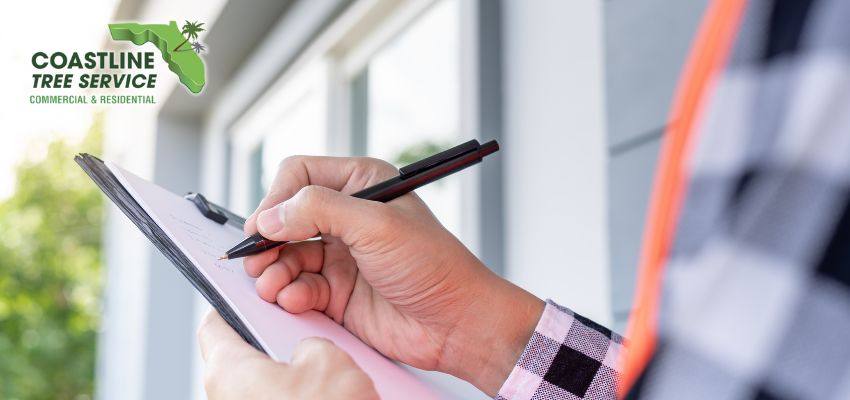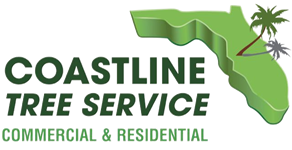
Unraveling the Art of A Tree Inspection: Top 10 Expert Steps by Coastline Tree Service
As tree experts, we at Coastline Tree Service know that tree inspection is an essential part of maintaining a healthy and safe environment. It’s more than just looking at the tree; it involves a detailed process to ensure we understand the overall health and stability of the tree. Our on-staff tree arborists are passionate about providing meticulous and comprehensive tree inspections. With a keen eye for detail and an in-depth understanding of arboriculture, we delve into every aspect of the tree’s health and stability.
From initial visual assessments to intricate root examinations, no leaf is left unturned in our quest to ensure the well-being of your trees. Our arborists’ approach combines technical expertise with a genuine love for nature, ensuring that you receive not just a service, but the pinnacle of tree care excellence. With Coastline Tree Service, you can expect nothing short of the best. Here are the top ten processes we follow during a tree inspection.
1. Initial Visual Assessment
The first step in any tree inspection is a visual assessment. Our experts will look for obvious signs of disease or damage such as dead branches, fungal growth, or insect infestations.
2. Assessing Tree Health
Next, we assess the general health of the tree. We look at leaf color, size, and shape, as well as the overall vigor of the tree. Any abnormalities could indicate a problem that needs further investigation.
3. Checking for Decay
Decay can compromise the structural integrity of a tree and make it dangerous. We use specialized tools like a resistograph or a sonic tomograph to detect decay that may not be visible to the naked eye.
4. Inspecting the Roots
A tree’s health can often be determined by the condition of its roots. We check for signs of root rot, girdling roots, or any other problems that could affect the tree’s stability.
5. Examining the Crown
The crown of the tree (the branches and leaves at the top) gives us valuable information about the tree’s health. We look for signs of dieback, abnormal growth patterns, or other issues.
6. Checking for Pests and Diseases
Our experts are trained to identify common pests and diseases that affect trees. If we find any, we’ll recommend appropriate treatment options.
7. Evaluating the Tree’s Structure
We evaluate the tree’s structure to ensure it’s stable and not at risk of falling. This involves examining the tree’s trunk, branches, and roots for signs of weakness or instability.
8. Soil Inspection
The soil around a tree can affect its health and stability. We’ll check the soil condition, including its structure, pH level, and nutrient content.
9. Risk Assessment
Based on our findings, we’ll assess the risk posed by the tree. If there’s a high risk of the tree falling or spreading disease, we may recommend removal.
10. Providing a Detailed Report and Recommendations
After the inspection, we provide a detailed report outlining our findings and recommendations. This could include treatment for diseases or pests, pruning, or in some cases, tree removal.
At Coastline Tree Service, we’re committed to providing thorough, professional tree inspections. Our goal is to help you maintain healthy trees and a safe property.
Are You In Need Of A Tree Inspection? Coastline Tree Service Is Here Ready To Help
We have the equipment, man power, and on staff expertise (certified arborists & tree experts) to handle all of your tree service management needs in SW Florida including all tree health, tree trimming, tree removal, tree pruning, root pruning & tree stump removal services to name a few.
We proudly serve and offer tree trimming services in Naples, Marco Island, Bonita Springs, Estero, Fort Myers, Fort Myers Beach, North Fort Myers, Cape Coral, Sanibel & Punta Gorda.
Contact us today to schedule your tree inspection at: (239) 895-3230 or contact us online at: https://www.coastlinetree.com/contact-us/
